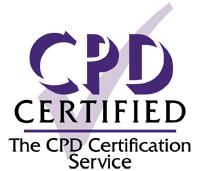1 January 2017
|
Ad Snik, Chris Coulson
|
ENTA - ENT
Professor Ad Snik has spent a large portion of his career in hearing implantation and has seen novel devices come and go, some of great benefit to patients, others which haven’t produced expected results. In this interview, he talks to...

